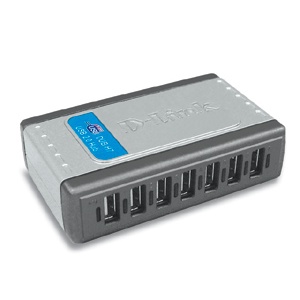
The Physical layer defines all the electrical and physical specifications for devices. In particular, it defines the relationship between a device and a physical medium. This includes the layout of pins, voltages, cable specifications, Hubs, repeaters, network adapters, Host Bus Adapters (HBAs used in Storage Area Networks) and more.
To understand the function of the physical layer in contrast to the functions of the data link layer, think of the physical layer as concerned primarily with the interaction of a single device with a medium, where the data link layer is concerned more with the interactions of multiple devices (i.e., at least two) with a shared medium. The physical layer will tell one device how to transmit to the medium, and another device how to receive from it (in most cases it does not tell the device how to connect to the medium). Obsolescent physical layer standards such as RS-232 do use physical wires to control access to the medium.
The major functions and services performed by the physical layer are:
* Establishment and termination of a connection to a communications medium.
* Participation in the process whereby the communication resources are effectively shared among multiple users. For example, contention resolution and flow control.
* Modulation, or conversion between the representation of digital data in user equipment and the corresponding signals transmitted over a communications channel. These are signals operating over the physical cabling (such as copper and optical fiber) or over a radio link.
Parallel SCSI buses operate in this layer, although it must be remembered that the logical SCSI protocol is a transport-layer protocol that runs over this bus. Various physical-layer Ethernet standards are also in this layer; Ethernet incorporates both this layer and the data-link layer. The same applies to other local-area networks, such as Token ring, FDDI, and IEEE 802.11, as well as personal area networks such as Bluetooth and IEEE 802.15.4.
